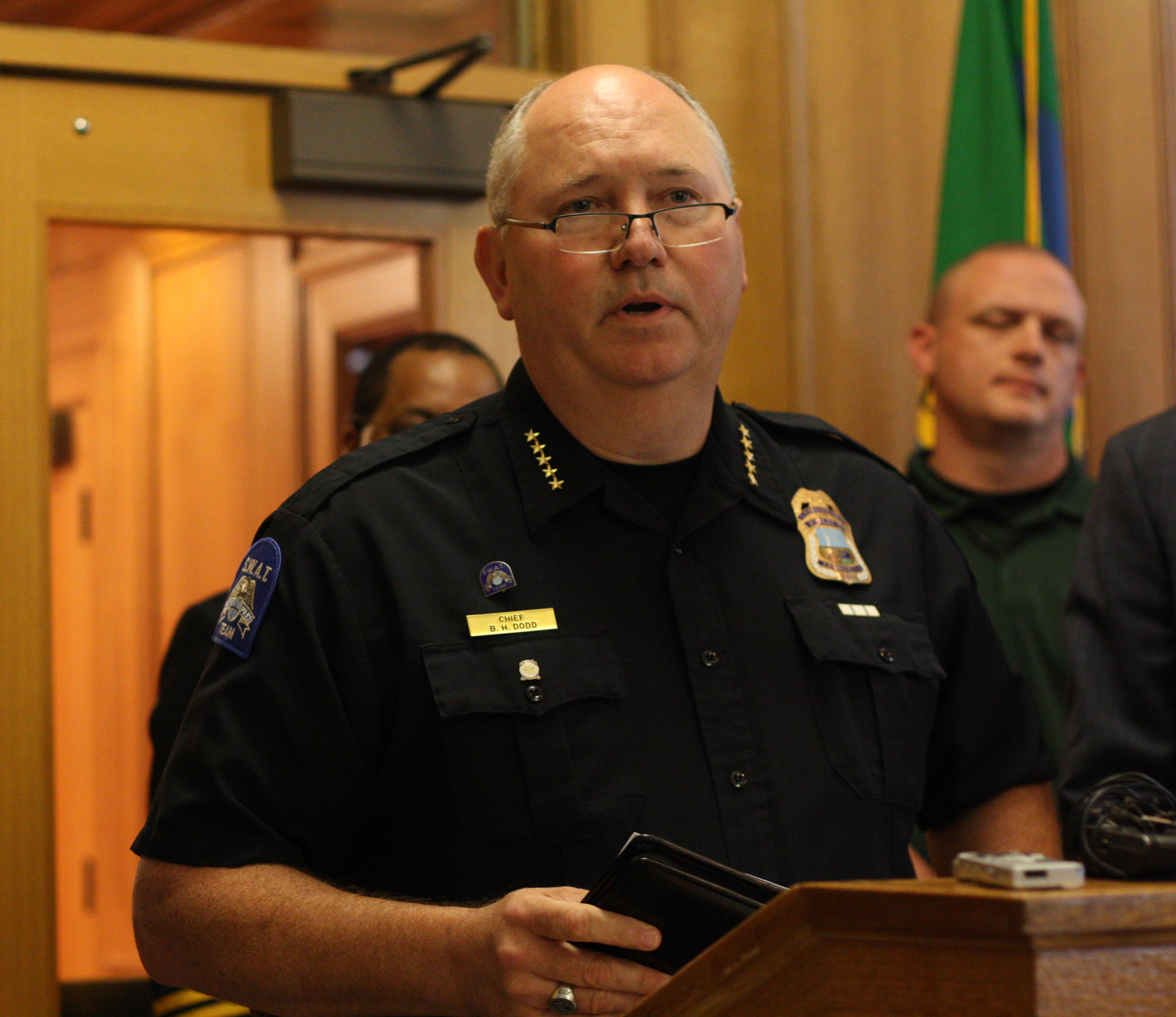FIRE AND POLICE PENSION BY THE NUMBERS• $37,524 - Average yearly benefits paid to the city's 733 police and fire retirees and beneficiaries.• $11.8 million - City contribution in 2012 to the fire and police pension fund.• $13.3 million - Recommended city contribution in 2013 to the fire and police fund without reforms.• $218 million - Assets in the pension fund, or 63.4 percent of what actuaries is needed to fully fund the plan.• 818 - Active police and fire department employees eligible for future benefits.• 36 - Percent of payroll paid into the retirement fund by the city.• 8-9 - Percent of payroll paid by each employee (and there are 818 active polio and fire department employees participating), depending upon when hired and plan benefit.• 69 - Percent of the average final three years of pay provided in retirement benefits.• 3 - Percent of annual cost of living increases given beneficiaries.Source: Chattanooga Fire and Police Pension Fund
Understanding the intricacies of pension funding is eye-crossing business.
But in this increasingly expensive world, pensions and retirement planning are important for current and would-be pensioners as well as taxpayers.
So it is good news that Chattanooga Mayor Andy Berke is creating a task force and hiring an outside consultant for $90,500 plus expenses to look for ways to reform and replenish the city employee retirement plan that now faces a $125 million shortfall in the Chattanooga Fire and Police Pension Fund.
"We have work to do," Berke told Times Free Press Business Editor Dave Flessner, and he's not kidding. "Without looking at ways to reform the fund, the city's contribution is expected to be $14.4 million this year after being at about $6 million a few years ago. Increases are expected to continue."
The city does not pay Social Security tax on fire and police pensioners, so it is not as though the city is paying twice for a worker's retirement. Nonetheless, the cost of funding a projected $125 million shortfall can't be discounted.
Here's some context: Last year when the long-dreaded sewer and stormwater consent decree was announced against Chattanooga by the U.S. Environmental Protection Agency and the U.S. Justice Department, that hand-wringing total was $250 million for mandatory fixes. The city's 2013 operating budget was about $209 million.
But rendering services like police protection and fire protection are among the most important things cities do for their residents, and pensions for the men and women doing these high-stress, high-danger jobs must be considered part of the not-too-glorious pay for what undeniably is a young person's work: chasing down gun-wielding criminals and rescuing people, pets and property from burning buildings.
Yes, it's true that nowadays only government workers tend to still have "defined-benefit" pensions. And yes, it's true that the rest of us are somewhat jealous of the fact that government workers do have guaranteed pensions. Most private companies have opted out of the defined-benefit pension business in favor of 401(k) "defined-contribution" plans which shift retirement costs and investment risks unto workers. And far too many workers pulled away from making 401(k) savings contributions out of fear and confusion as they watched the market's downturn gobble their hard-earned allocations.
That makes it all the more important for cities such as Chattanooga to find a successful way to fund pensions: Perhaps they may lead the way to find solutions for the ticklish problem of paying for an aging society in ever-more-expensive world.
The idea has been that an employer and all employees pay a portion of the pension-seed money that then is invested in the stock market and other bond programs to grow the fund that will sustain us when we grow too old to work.
But when the stock market tanked, many government pensions, like 401(k)s, lost the gains they had made. Couple that with the myriad of private companies that rushed to unload their pensions to 401(k)s, and don't forget the corporations that soaked up pension funds and then bankrupted.
The end result is far too many aging Americans with no significant means to finance their retirement years. A fallout of that is an increase in the labor force of older people who can't afford not to work.
The dominoes don't just fall on older workers but also their families and younger workers waiting in the wings for jobs or better jobs.
The whole inefficient retirement system becomes a drag on productivity, creates managerial headaches, and, as retirement decisions are increasingly linked to stock market fluctuations, has a destabilizing effect on the economy, according to the Economic Policy Institute.
At their cores, pension plans are part of a worker's pay, with a clear and mandatory method of helping workers save and leverage their own money, too. For the vast majority of Americans, that seems a better plan than less-structured 401(k)s that once were touted as tax and profit savers.
Chattanooga police and firefighters put their lives on the line day in and day out.
Surely some smart thinkers can find a way to bridge these defined-benefit pension plans until markets recover long enough for the systems to function again as intended with tweaks here and there. Hopefully they can also light a way for other businesses - not just government.

